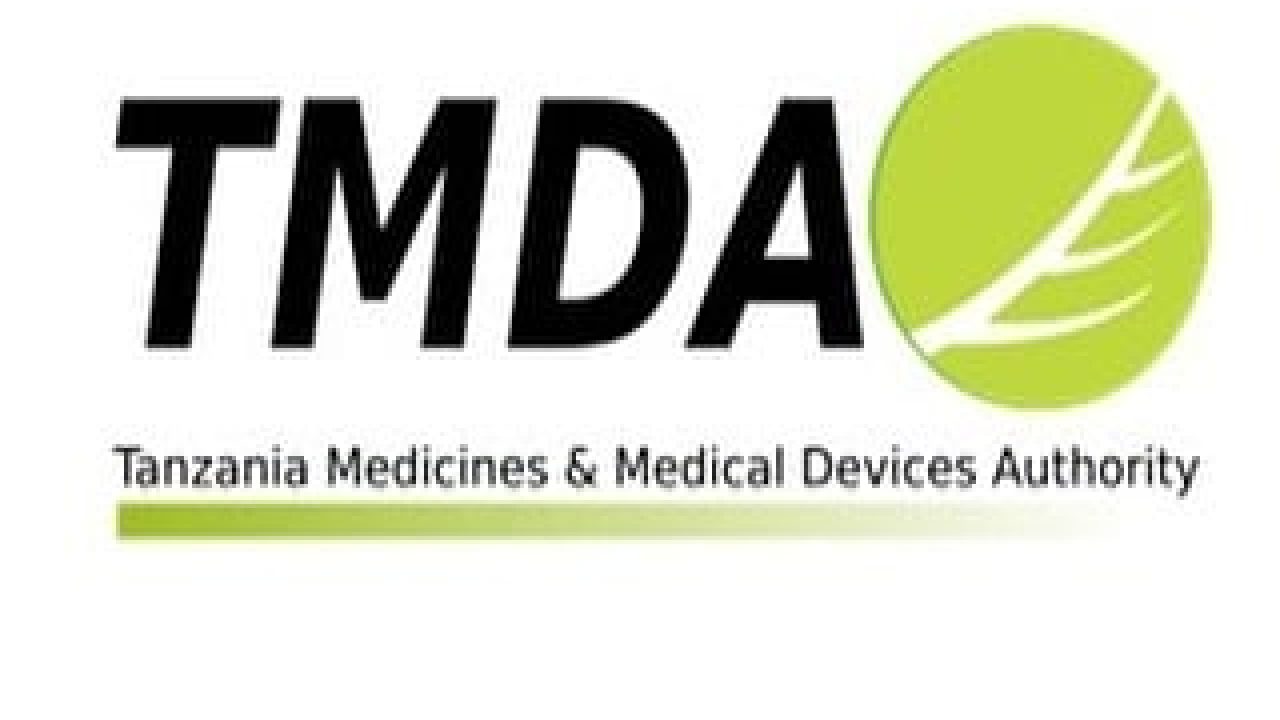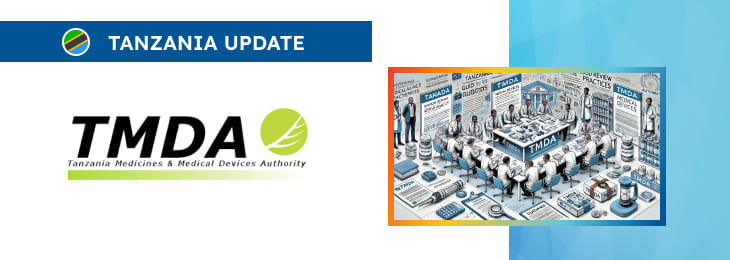The new article provides additional details and extensive clarifications regarding the approach to the regulation of medical devices and diagnostic products.

Table of content
The Tanzania Medicines and Medical Devices Authority (TMDA), a country’s regulatory agency in the sphere of healthcare products, has published a guidance document dedicated to good review practices for the regulation of medical devices. The document provides an overview of the existing legal framework, as well as additional clarifications and recommendations to be taken into consideration by the parties involved in order to ensure compliance with the relevant regulatory requirements.
At the same time, the authority reserves the right to make changes to the guidelines and recommendations provided therein, should it be reasonably necessary to reflect corresponding amendments to the underlying legislation or changes to the respective principles.
Regulation of Medical Devices and Diagnostics: Basics
According to the document, the Directorate of Medical Devices and Diagnostics (DMD) is entrusted with the active management and assessment of all regulatory processes pertaining to medical devices.
This mandate is executed through three specialized sections:
- Medical Devices Assessment Section (MDA),
- Premise Licensing and Compliance Section (MDL), and
- Vigilance and Post Marketing Surveillance Section (MDV).
Each section is headed by a manager responsible for ensuring that good review practices are in place and effectively implemented throughout the regulatory procedures. This leadership maximizes the potential for positive public health outcomes and ensures the efficient use of resources.
The success of these processes depends on various factors, principles, and systems, as detailed below.

Monitoring and Assessment (Project Management)
As further explained by the authority, planning, monitoring, and assessing regulatory activities are collaborative efforts performed by all staff within each section, led by their respective managers. This teamwork, combined with timely and informative communication and well-defined work instructions, ensures that timelines are consistently met.
The principles of project management are applied during the processing and review stages to aid in planning, organizing, and allocating resources. This approach facilitates the achievement of comprehensive and high-quality assessments of applications within specified time frames.
All applications are submitted electronically through an online portal, allowing for complete digital management at every stage of the assessment. Monitoring of applications is achieved using an evolving electronic system.
This system has adapted over time with advancements in technologies, techniques, regulatory practices, resources, and workload. Continuous use of the system is expected to drive further enhancements.
At all times, the system is designed to enable:
- Receiving, screening, invoicing, and storing applications,
- Assigning and distributing applications for assessment,
- Communicating with applicants regarding their specific applications,
- Interpreting data to track the progress of individual and multiple applications under assessment simultaneously,
- Assisting in decision-making related to balancing workload against resources,
- Allowing monitoring that can be performed and interpreted by the Authority.
Quality Management
According to the document, an integral part of the DMD’s procedures is the Quality Management System (QMS). The principles of QMS include standardized procedures to ensure that Good Review Practices (GRevP) are established, regularly monitored, and continuously improved.
Beyond standardizing processes to provide consistency and predictability, Quality Management plays a significant role in ensuring robust regulatory decisions and actions. Implementing Quality Management is an interactive and cyclic process that incorporates lessons learned to improve processes and decision-making.
All personnel involved in the assessment of medical devices and diagnostics are responsible for the ongoing application of quality management principles.
The quality cycle implemented by the Authority consists of four key components:
- Say what we do: Establishing and documenting key procedures and guidelines.
- Do what we say: Consistently following established procedures and guidelines.
- Prove it: Providing evidence that procedures are being followed and are effective.
- Improve it: Continuously enhancing procedures based on feedback and advancements.
This cycle ensures that GRevPs are not just theoretical guidelines (“say what we do”) but become embedded in daily practice (“do what we say”). Quality management also involves reviewing the Authority’s practices (“prove it”) and evolving them as necessary in response to advances in regulatory science or through the adoption of new review processes (“improve it”).
The document further explains each of the above components in detail.
Say What We Do
- Availability of key documents such as Standard Operating Procedures (SOPs), assessment guidance, and templates.
- Defined processes for decision-making, including frameworks, timelines for completion and communication of reviews, use of external assessors, public meetings, and peer-review mechanisms.
Do What We Say
– Recording and collecting essential documents, including minutes of meetings and teleconferences, memoranda, letters, and reports.
Prove It
- Ensuring that review procedures and templates are consistently interpreted and applied.
- Assessing the public health impacts of regulatory decisions through various inputs such as internal and external feedback and periodic assessment of practices.
- Conducting lessons-learned sessions that evaluate the impact on disease management, the healthcare system, and any unintended consequences.
Improve It
- Regularly reviewing documentation and decision-making processes.
- Introducing improvements to the review and decision-making process, including internal assessments, peer reviews, internal quality audits, self-assessments, and analyses of feedback from stakeholders.
- Performing post-approval analyses of decisions in collaboration with other authorities, the public, and applicants.
- Implementing new and improved work practices, the latest assessment techniques, and embracing scientific and technological advancements.
Standard Operating Procedures (SOPs)
Handling of each activity within the DMD is guided by specific SOPs, which serve to:
- Outline workflow processes that facilitate project management when multiple activities are to be performed
- Enable consistent handling and reviewing processes
- Facilitate staff training
The DMD has developed SOPs for managing all review processes, from receiving and handling applications, reports, and samples to distributing and assigning documents, as well as conducting technical assessments and communicating with applicants. These SOPs are used in conjunction with additional tools and guidance to support effective task implementation.
Such tools include assessment guidance documents, templates, forms, registers, and checklists that provide detailed instructions on conducting specific procedures and offer advice on handling different situations during the process. In addition, the Authority has established training programs and procedures to ensure consistent training for all regulatory experts involved in the review of medical devices and diagnostics.
Procedures for administratively handling applications after final recommendations are also implemented. These include processes for convening technical committees and, where necessary, publishing information on approved or rejected medical devices and diagnostics.
To promote continuous improvement, all SOPs and accompanying templates, registers, checklists, and forms are reviewed every three years. However, these documents may be reviewed at any time when technological advances occur or when scientific and regulatory thinking evolves.
This evolution may be influenced by factors such as scientific progress, international harmonization of guidelines, changes in review strategies, available resources, increased volume of applications, collaborative work-sharing, and changes in national laws and regulations. While these SOPs, assessment guidance, templates, registers, and checklists are internal documents, guidelines are made available to applicants.
These guidelines provide step-by-step instructions on how to fulfill regulatory requirements, ensuring transparency and facilitating compliance.
Conclusion
In summary, the Directorate of Medical Devices and Diagnostics (DMD) plays a critical role in managing the regulatory processes for medical devices and diagnostics. Through its structured sections and dedicated management, the DMD ensures that good review practices are effectively implemented, maximizing public health benefits and resource efficiency. The application of project management principles and the use of an evolving electronic system facilitate efficient monitoring and assessment of applications. The integration of a robust Quality Management System (QMS) ensures consistency, continuous improvement, and sound regulatory decisions. Standard Operating Procedures (SOPs) and comprehensive training programs further enhance the effectiveness of regulatory activities, with a commitment to ongoing evaluation and adaptation to technological and scientific advancements.
How Can RegDesk Help?
RegDesk is an AI-powered Regulatory Information Management System that provides medical device companies with regulatory intelligence for over 120 markets worldwide. It can help you prepare and publish global applications, manage standards, run change assessments, and obtain real-time alerts on regulatory changes through a centralized platform. Global expansion has never been this simple.

